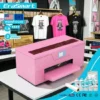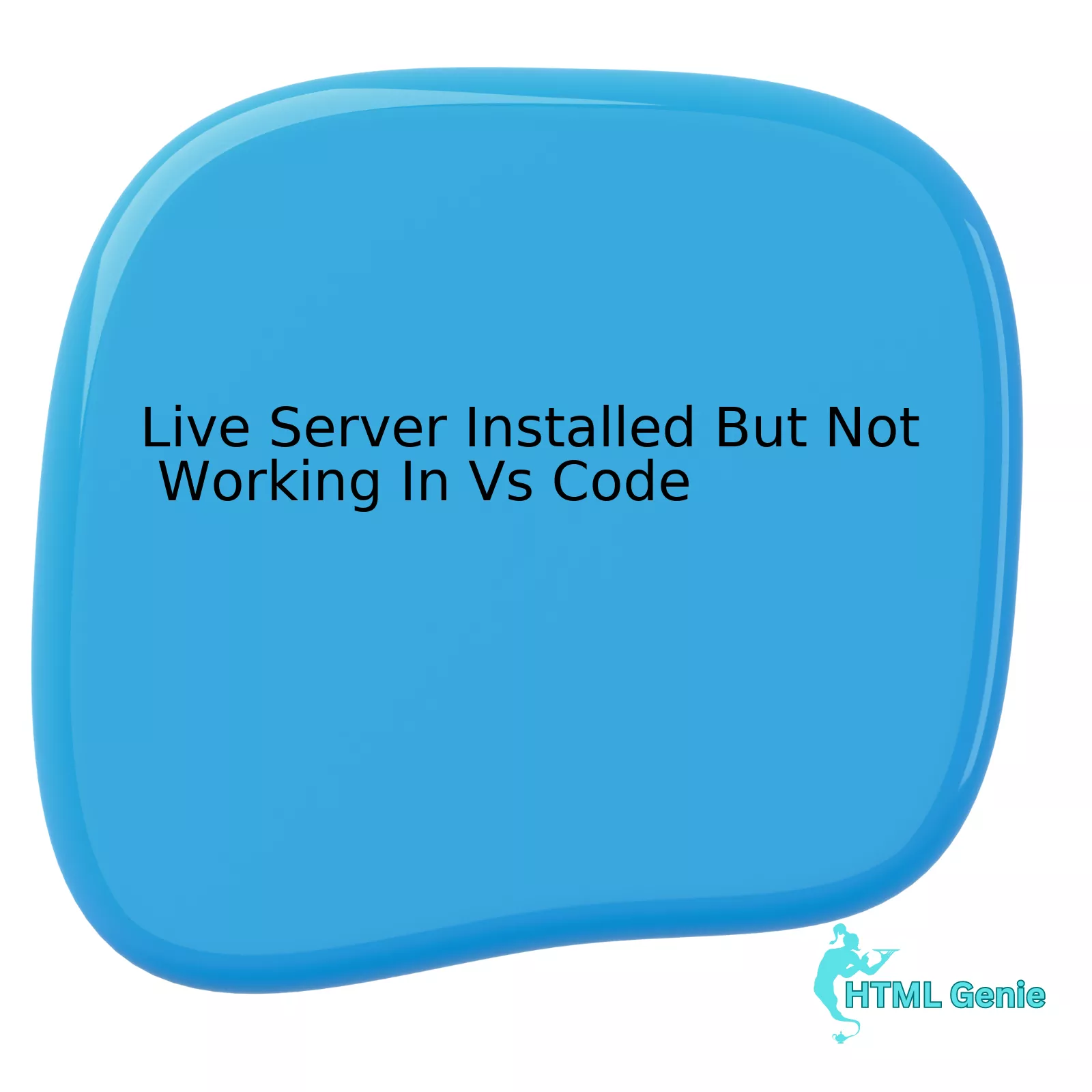In the ever-shifting landscape of fashion, black is the perennial constant—a symbol of elegance, sophistication, and timeless style. Yet, in the parallel universe of Web Design and Frontend Development, a quiet revolution is taking place. The new benchmark for sophistication isn’t a bold, dramatic statement; it’s the understated, foundational elegance of beige. “Beige is the new black” is more than a catchy phrase; it’s a paradigm shift. It signifies a move away from the flashy, feature-heavy designs of the past toward a more intentional, user-centric, and performance-oriented approach. This “beige” philosophy champions clarity over complexity, accessibility over aesthetics, and robust structure over superficial styling.
This movement isn’t about creating bland or boring websites. On the contrary, it’s about mastering the fundamentals to build digital experiences that are intuitive, efficient, and truly timeless. It’s about understanding that the most beautiful design is one that works seamlessly for everyone, on any device. This comprehensive HTML CSS Tutorial will explore this philosophy, delving into the core principles of modern web development—from the power of Semantic HTML and the precision of Modern CSS to the critical importance of Web Accessibility and Mobile-First Design. We will uncover how embracing these foundational “beige” principles is the key to creating the sophisticated, high-performing websites of tomorrow.

The Unseen Elegance of a Solid Foundation
At the heart of the “beige” philosophy lies an appreciation for what is not immediately visible: the underlying structure. For years, developers relied on a sea of <div> tags to construct a Page Layout, a practice that offered visual results but lacked meaning for browsers, search engines, and assistive technologies. The evolution toward Modern HTML, particularly with the introduction of HTML5 Features, has provided a rich vocabulary to describe content with precision and purpose.
Embracing Semantic HTML for Meaning and Accessibility
Semantic HTML refers to the use of HTML Tags that convey the meaning of the information within them. Instead of a generic <div class="header">, we now use the <header> element. This isn’t just a syntactic preference; it’s a cornerstone of HTML Best Practices and a critical component of Web Accessibility.
Consider the difference:
Non-Semantic Structure (The Old Way):
<div id="header">
<div class="nav">...</div>
</div>
<div id="main-content">
<div class="article">
<div class="article-header">...</div>
<p>...</p>
</div>
</div>
<div id="footer">...</div>Semantic HTML Structure (The Modern Way):
<header>
<nav>...</nav>
</header>
<main>
<article>
<h1>...</h1>
<p>...</p>
</article>
</main>
<footer>...</footer>This semantic HTML Structure provides immediate benefits. Screen readers can easily identify the navigation, main content, and footer, allowing users with visual impairments to navigate the site efficiently. Search engine crawlers can better understand the content hierarchy, potentially improving SEO. For developers, it creates a codebase that is self-documenting and easier to maintain. This adherence to W3C Standards is the invisible framework that makes a website robust and future-proof. Properly utilized HTML Elements and HTML Attributes, including ARIA Labels for enhanced accessibility, form the bedrock of a truly professional website.
The Palette of Modern CSS: From Chaos to Control
If HTML provides the skeleton, CSS provides the skin, muscles, and style. The evolution of CSS has been just as transformative as that of HTML. The days of using floats, clearfixes, and positioning hacks to create a Web Layout are thankfully behind us. Modern CSS offers powerful, intuitive tools that align perfectly with the “beige” principles of order, efficiency, and control.
“Good design is as little design as possible.”
Dieter Rams
Mastering Layouts with Flexbox and Grid
Two of the most significant CSS3 Features are Flexbox and Grid. These layout modules replaced archaic techniques with a logical, rule-based system for arranging elements.
- CSS Flexbox is a one-dimensional layout model perfect for distributing space among items in an interface and aligning them. It excels at creating navigation bars, centering content vertically and horizontally, and managing components where the size of items is unknown or dynamic. A Flexbox Layout is the go-to tool for component-level arrangements.
- CSS Grid is a two-dimensional layout model, designed for creating complex, responsive grid structures for the entire page. It allows developers to define columns and rows, placing items precisely within the grid. A Grid Layout is ideal for the overall Page Layout, managing the relationship between major sections of a design.
Mastering both provides a complete toolkit for any layout challenge, enabling the creation of complex, CSS Responsive designs with clean, minimal code. This is a core part of any modern CSS Tutorial.
Efficiency and Maintainability with Modern CSS Properties
Beyond layout, Modern CSS introduces features that promote clean and scalable codebases. CSS Variables (Custom Properties) allow you to define reusable values—like brand colors or spacing units—in one place. Changing a value in one location propagates it throughout the entire stylesheet, making theme management and updates incredibly efficient.
:root {
--primary-color: #3498db;
--base-font-size: 16px;
--spacing-unit: 8px;
}
body {
font-size: var(--base-font-size);
color: #333;
}
.button-primary {
background-color: var(--primary-color);
padding: calc(var(--spacing-unit) * 2);
}Furthermore, subtle CSS Transitions and CSS Animations can be used to enhance UX Design by providing visual feedback and guiding the user’s attention, without the performance overhead of complex JavaScript libraries. These CSS Tricks are about improving usability, not just adding decoration.
The User-Centric Philosophy: Designing for Humans First
The most profound shift in Frontend Web development is the move toward a deeply user-centric philosophy. This means designing not for the ideal user on a high-end desktop, but for all users, on all devices, with varying abilities. This is where the “beige” approach truly shines, prioritizing inclusivity and practicality.
The Mobile-First Design Mandate
Mobile-First Design is a strategy where you design for the smallest screen first and then progressively enhance the experience for larger screens. This approach forces you to prioritize what is truly essential. By focusing on core content and functionality for the mobile view, you naturally create a cleaner, faster, and more focused experience. This discipline translates into better UI Design across all devices, preventing the clutter and feature bloat common in desktop-first designs. It is the cornerstone of modern Responsive Design and ensures your website performs well where most users are today: on their phones.
Web Accessibility: A Non-Negotiable Foundation
In the past, Web Accessibility was often an afterthought—a checklist item to be addressed at the end of a project. Today, it is recognized as a fundamental aspect of quality web development and a legal and ethical imperative. An accessible website is one that can be used by people with disabilities, including those with visual, auditory, motor, and cognitive impairments.
Achieving this involves:
- Using Semantic HTML so screen readers can interpret the page.
- Ensuring sufficient color contrast for users with low vision.
- Providing text alternatives (
altattributes) for all images. - Making sure all functionality is accessible via a keyboard.
- Using ARIA Labels to provide extra information to assistive technologies when HTML semantics are not sufficient.
Building with accessibility in mind from the start doesn’t just benefit users with disabilities; it leads to better design for everyone, improving SEO, usability, and overall user satisfaction.
The Modern Toolkit: Frameworks, Preprocessors, and Beyond
Embracing the “beige” philosophy doesn’t mean building everything from scratch. The modern developer’s toolkit is filled with powerful tools designed to enforce consistency, improve efficiency, and scale best practices.
A CSS Framework like Bootstrap or Foundation provides a pre-built set of components and a grid system, ideal for rapidly prototyping and building standard interfaces. In contrast, utility-first frameworks like Tailwind CSS offer a different approach, providing low-level utility classes to build completely custom designs without writing custom CSS. Both can be used to enforce a consistent design language.
CSS Preprocessors like SASS or LESS introduce features like variables, nesting, and mixins to standard CSS, making stylesheets more organized and maintainable, especially on large projects. They are invaluable tools for managing the complexity of a sophisticated design system. For those working within JavaScript ecosystems, CSS-in-JS libraries like Styled Components offer a way to write component-scoped styles, preventing conflicts and improving modularity.
Conclusion: The Timeless Power of Simplicity
“Beige is the new black” is a declaration that the future of Web Development is built on a foundation of substance, not flash. It champions a return to the core principles that make the web a powerful, open, and accessible platform. By prioritizing Semantic HTML, mastering Modern CSS layouts, and embedding a user-first philosophy of Responsive Design and Web Accessibility into every step of our process, we move beyond fleeting trends.
This approach isn’t about limiting creativity; it’s about channeling it effectively. It’s about understanding that true elegance lies in clarity, performance, and inclusivity. The most sophisticated websites are not the ones that shout the loudest, but the ones that communicate effortlessly and work flawlessly for everyone. In a digital world saturated with noise, this thoughtful, foundational, “beige” approach is not just the new black—it’s the key to building a better, more enduring web.




